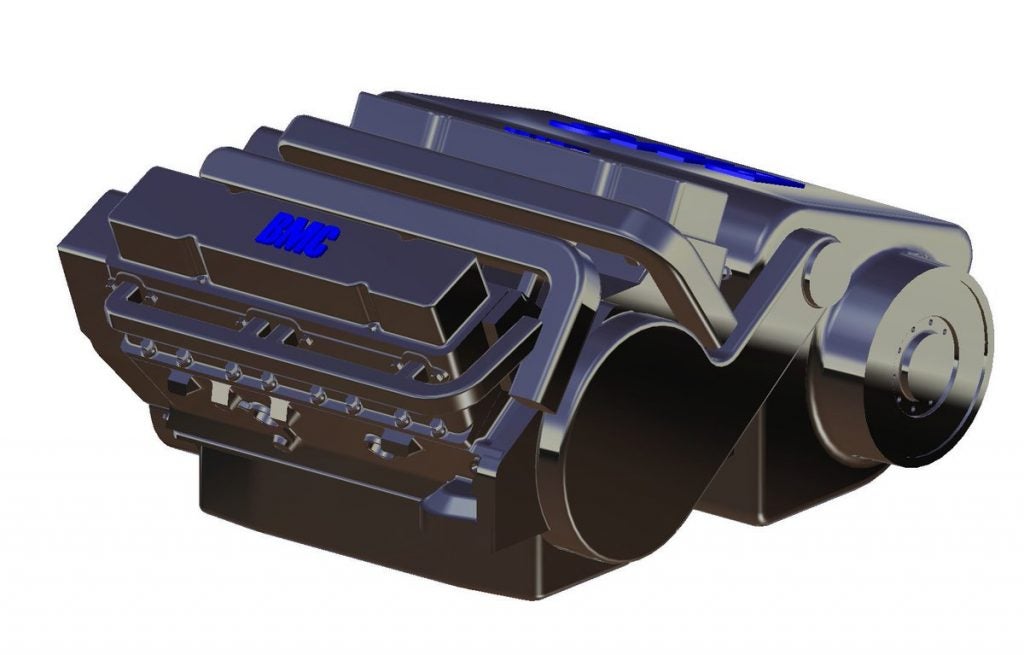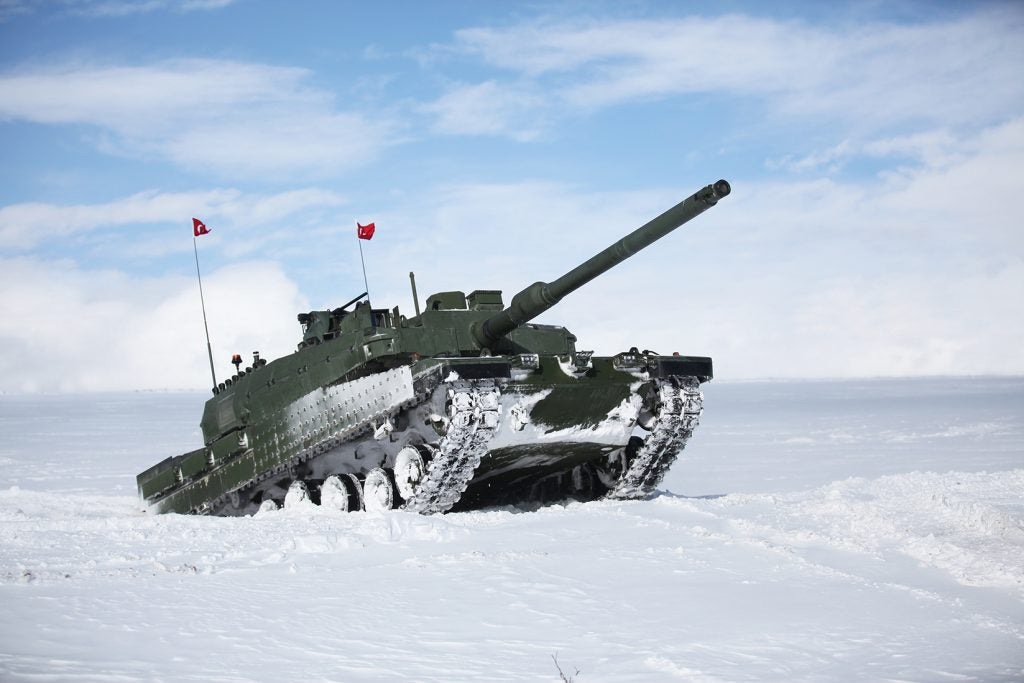Altay Tank Indigenous Engine Trials Among Turkish Presidency of Defense Industries’ Plans For 2021
The Turkish Presidency of Defense Industries has released a video outlining its plans for 2021, including the first trials of an indigenous engine for the Altay main battle tank project.
Turkey initially planned for the use of an indigenous engine and transmission for later in the development of the Altay, but the withdrawal of German technical partners like MTU (who made the engines used in the Altay prototypes and Renk (makers of the transmission) forced the plans to be brought forward. There were previous claims that Turkey was looking to further collaborate with Hyundai Rotem (makers of the K2 Black Panther the Altay is based on, and another technical partner) to resolve this, but continued problems with engine and transmission indigenization efforts on the K2 had raised questions on whether this was a serious effort or if it would go anywhere given both parties’ lack of previous success.
Regardless of how well the BMC-made engine fares in its first trials, nothing has been said about the transmission it’s supposed to be mated with yet. Otokar, the maker of the Altay, had previously announced plans for an electric propulsion system based on that of its electric buses, but its maturity is similarly uncertain.

Other plans for ground systems include the first engine and transmission trials of the New Generation Light Armored Vehicle Powerpack (UTKU) Project, which similarly seeks to provide an indigenous powerpack for Turkey’s light armored vehicles. The first mine resistant Pars 6×6 armored personnel carriers are to be delivered to the Turkish Army, alongside several new electronic warfare systems and mobile early warning radar systems. Additionally, the SSB plans to complete its first prototype of a heavy unmanned ground vehicle, in addition to the delivery of several other smaller unmanned ground vehicles for testing. Last but not least, the SSB intends to deliver the first indigenous artillery modular charges for 155mm artillery, as well as the first mortar systems that have completed modernization upgrades.
At sea, the SSB plans to deliver the TCG Anadolu amphibious assault ship, the TCG Ufuk test and training ship and the first-in-class MILGEM frigate TCG Istanbul to the Turkish Navy this year, in addition to the lead ship of a new class of logistics support vessels. The first submarine to be built under the New Type Submarine Project is to be launched this year as well, while projects for unmanned surface vehicles and unmanned underwater vehicles are to be launched. Weaponry-wise, the first production ATMACA anti-ship missiles and Akya torpedoes are to be delivered to the Turkish Navy.
In the air, the first deliveries of Baykar’s Akinci UCAV are to be made this year, while Turkish Aerospace’s Aksungur will enter mass production. Meanwhile, the Turkish military will continue evaluating and experimenting with UAVs of the mini, tactical, operational and strategic classes. The first Phase 2 ATAK attack helicopters will be delivered too, as well as P-72 maritime patrol aircraft and two modernized C-130s. Aselsan will continue development of advanced sensor systems for UCAVs, with the ASELFLIR-600 expected to complete development in 2021.
Other additions to the Turkish military’s inventory planned for 2021 include the first HISAR-A short range surface to air missiles, while the HISAR-O medium range missiles will complete testing. The Siper, formerly known as the HISAR-U, remains in the system design phase. The first production Karaok shoulder-launched anti-tank guided missiles are to be delivered this year as well.
With such ambitious plans, the SSB certainly doesn’t see the recent imposition of US sanctions as a significant hindrance. Indeed, it may even be a vindication of Turkey’s long running strategy of indigenous military hardware development.

